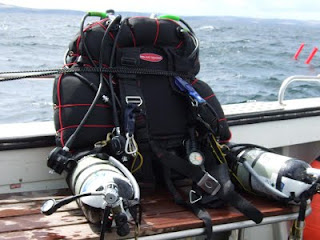

Hi All,
I hope you are enjoying my blog, there are certainly many more interesting articles and images in the pipeline. This is just a wee blog to let you know that after a bit of difficulty with my Photobox photo gallery, I have now been able to update them. I have also added a topside gallery full of Castles and Birds, with lots more wildlife to be added in due course.



The Galleries on Photobox show only a fraction of my work, so if you are after a print of something from above or below the waves but cant see it on that site, just give me a mail with your requirements and i will look out relevant material. So if you fancy something for your nearest and dearest please do take a look at the images in the my prints section of the website and i will get it delivered before Santa arrives.
all the best and have a great Christmas and New Year.
Mike Clark











